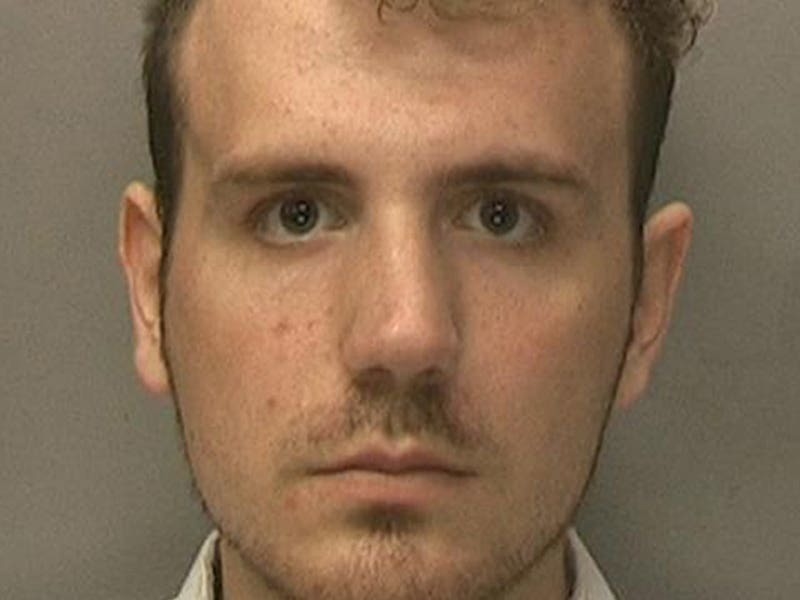ONLINE streaming sites like Netflix and Amazon UK have made it easier than ever to access thousands of films with the click of a few buttons.
And with some Covid-19 restrictions ongoing, and Cineworld Jersey temporarily closed (although hopefully due to reopen ASAP), there has never been a better time to indulge in watching films in the comfort of your own home.
As such, I’ve been running a series on the JEP’s weekly film pages in which, every Saturday, I pick my top 50 must-see films from a particular genre – not necessarily the greatest ever made (although many of them certainly qualify as such), but the ones that I personally most recommend watching.
To date, I have covered crime, comedy, sci-fi, war, romance, horror, action/adventure, film noir, drama, westerns, children’s films and even so-bad-they’re-good films, and you can read my Top 50 Crime Films list below.
For reasons more to do with OCD than anything else, I never allow the same film to appear in more than one list, thus ET is absent from my top 50 children’s films list because it already appears in my top 50 sci-fi films list, and so on.
All films are listed in order of personal preference, and all feedback is welcome, regardless of whether you agree or disagree with my choices: togg@jerseyeveningpost.com
_____
TOP 50 CRIME FILMS
(first published 18 April 2020)
ALLOW me to make you an offer you can’t refuse with my top 50 crime films (detective, gangster, etc). Note: there is no Martin Scorsese’s The Irishman (2019) because, good though it is, I found the de-ageing CGI effects on Robert De Niro weird and distracting. I remember what De Niro looked like when he was young – and he didn’t have a perfectly smooth forehead and glow-in-the-dark eyes.
1. Chinatown (1974, Roman Polanski)
YES, it was directed by Roman Polanski, but this is one occasion where if you’re able to separate the art from the artist then you should, because Chinatown is simply as good as crime cinema gets.
An Oscar-winning Jack Nicholson brilliantly underplays as J J ‘Jake’ Gittes, a rule-breaking private investigator who – in typical Nicholson fashion – manages to be hypnotically charismatic despite spending half the film with a bandage plastered over his face.
The film’s despondent finale (‘Forget it, Jake – it’s Chinatown’) came about when Polanksi – still recovering from the horrific murder of his wife (actress Sharon Tate) and unborn son at the hands of Charles Manson’s brainwashed goons – insisted on jettisoning the screenplay’s stereotypically happy Hollywood ending, much to the chagrin of producer Robert Evans.
Film fact: The hoodlum who slices Gittes’ nose open with a knife is played by Polanksi himself. Apparently the director almost turned down the part because he didn’t want to have to cut his long hair, but then presumably talked himself into accepting the role.
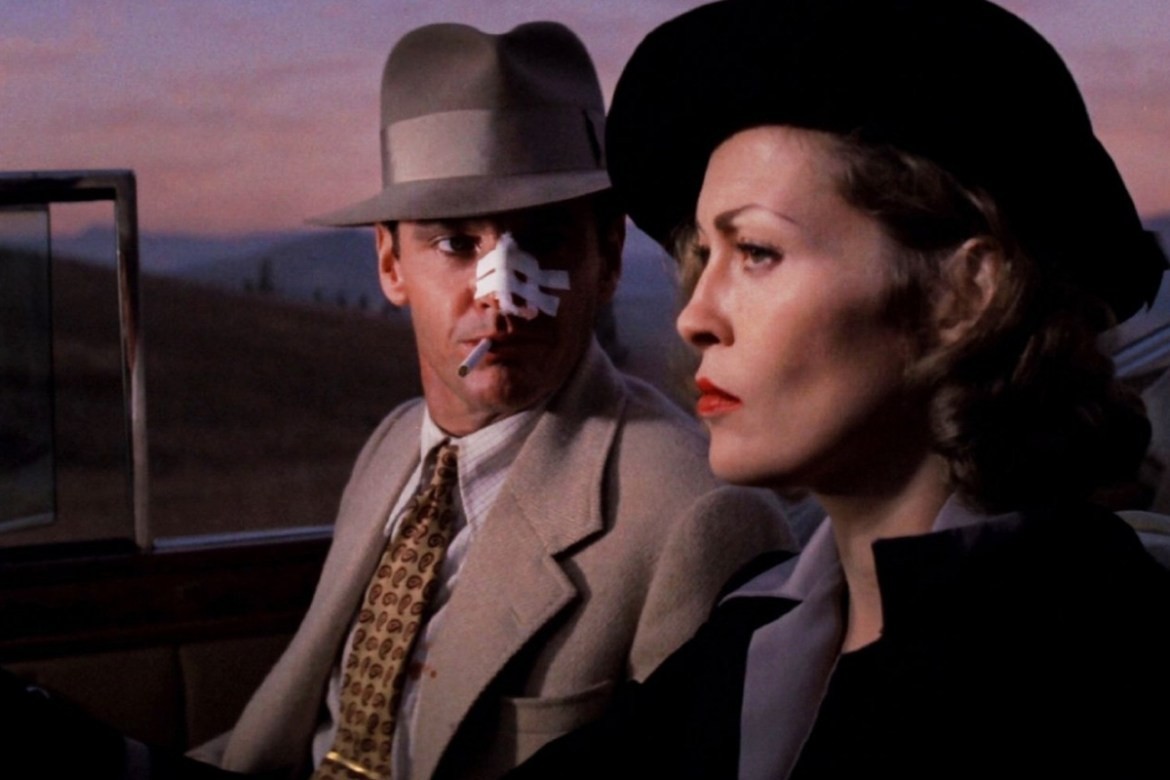
2. Manhunter (1986, Michael Mann)
THE Silence of the Lambs is one of the very few films in motion-picture history to have won all five main awards at the Oscars (Best Picture, Director, Screenplay, Actor and Actress).
However, as great as Jonathan Demme’s award-nabbing film is, it isn’t the best Hannibal Lector movie – that honour belongs to Michael Mann’s outstanding 1986 crime-thriller Manhunter.
Based on Robert Harris’s novel Red Dragon, the film centres on former FBI criminal profiler Will Graham (William Peterson) who is recalled to the force to help track down a terrifying serial killer, nicknamed ‘the Tooth Fairy’ (and unforgettably played by Tom Noonan, who somehow manages to gain our sympathy even while plotting to butcher entire families).
Lector, meanwhile, is played by Brian Cox (the actor, not the floppy-haired physicist), with the Scottish star giving a performance that is altogether more realistic and convincing than Anthony Hopkins’ entertainingly hammy turn. Cox’s icy calm is truly chilling and the scene in which he casually asks Graham for his home phone number is more authentically unnerving than any amount of wide-eyed air sucking from Hopkins (their respective cells reflect their performances: Cox’s cell is a soulless, pristine white box, whereas Hopkins resides in a Hammer Horror-style dungeon).
Manhunter introduced many of the stylistic flourishes that would soon become directorial trademarks for Mann (the strong use of colour to symbolise characters’ emotions, the synth/soft-rock soundtrack), while the sequence in which Graham and the FBI race against the clock to decipher clues from a piece of fan mail might well be the single finest scene the Chicago-born filmmaker has ever directed. Cinema at its finest.
Film fact: Red Dragon would be adapted for the big-screen again in 2002 (Brett Ratner’s Red Dragon), but it wasn’t a very good film. Stick with the 1986 version.
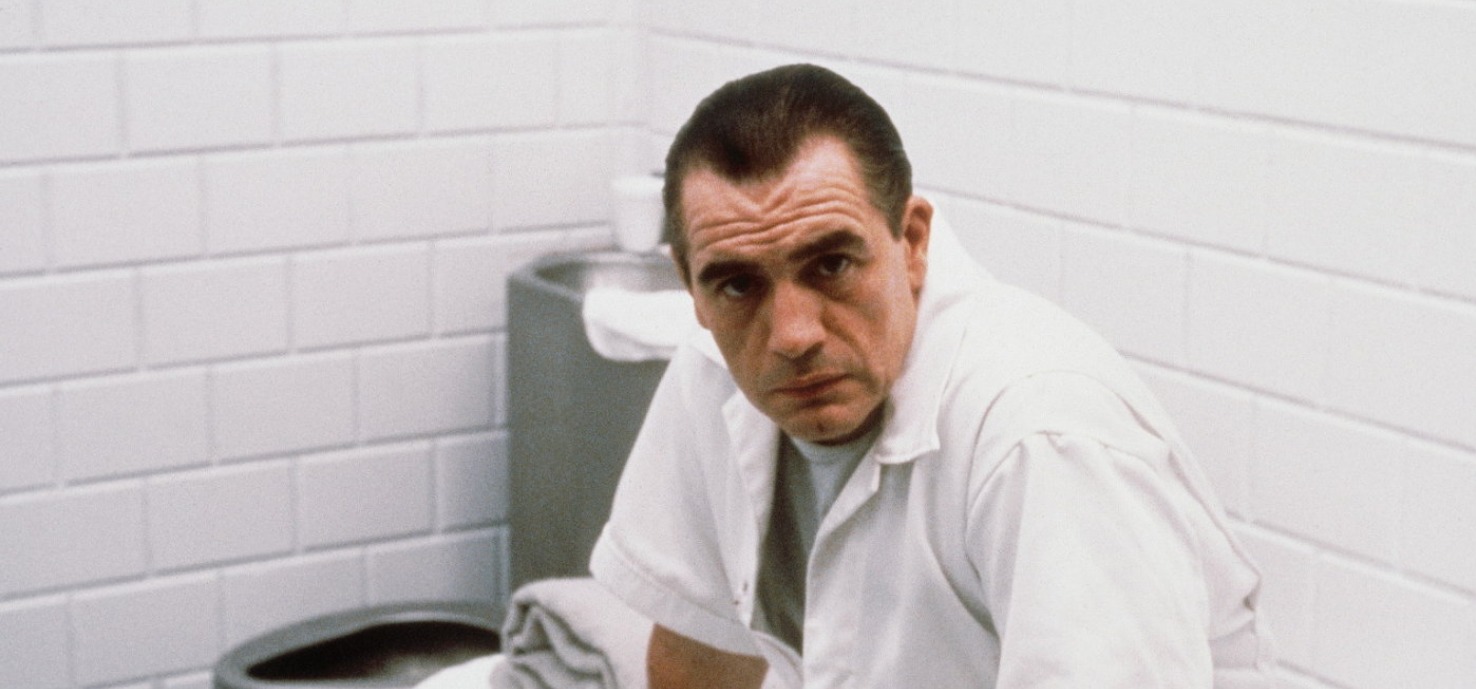
3. The French Connection (1971, William Friedkin)
BEFORE scaring audiences witless with The Exorcist, director William Friedkin had them perched on the edge of their seats with this Oscar-winning crime classic.
As real-life NYC detectives Jimmy ‘Popeye’ Doyle and Buddy ‘Cloudy’ Russo, Gene Hackman and Roy Scheider are both wonderfully naturalistic, while the sequence in which the pair shadow drug lord Alain Charnier on the New York subway is matched only by the justly famous car chase scene.
This latter scene – which sees Doyle recklessly pursuing a high-speed elevated train – was filmed entirely on location, with only the bare minimum of safety precautions in place, and with the volatile Friedkin barking directions at Hackman from the back seat.
Although several streets had been cleared in preparation for filming, Hackman repeatedly veered into pedestrianised areas, and the producers had to compensate at least one unsuspecting driver after he crashed his car swerving to avoid Hackman’s vehicle – an accident that remains in the finished film.
Never one to shy away from a challenge, Friedkin would later try to outdo himself with elaborately staged car chases in To Live and Die in L.A. (see number 16) and Jade (1995). At the time of writing, however, The French Connection remains unsurpassed.
Film fact: A rather decent sequel – French Connection II – was directed by John Frankenheimer and released in 1975. Hackman reprised his role as Doyle, although the events in the film are entirely fictional.

4. The Godfather Part II (1974, Francis Ford Coppola)
FOR my money, the best of the three Godfather films, with Part I a close second, and Part III a distant third (although the latter film really isn’t as bad as its reputation suggests).
There are so many highlights in Francis Ford Coppola’s epic sequel that it’s futile trying to pick a single moment, but of course Michael (Al Pacino) telling his brother Fredo (the late John Cazale) ‘I know it was you’ remains devastating even on the umpteenth viewing.
Film fact: The Godfather Part II is one of only two sequels ever to win the Best Picture Oscar (the other being some boring Lord of the Rings film).
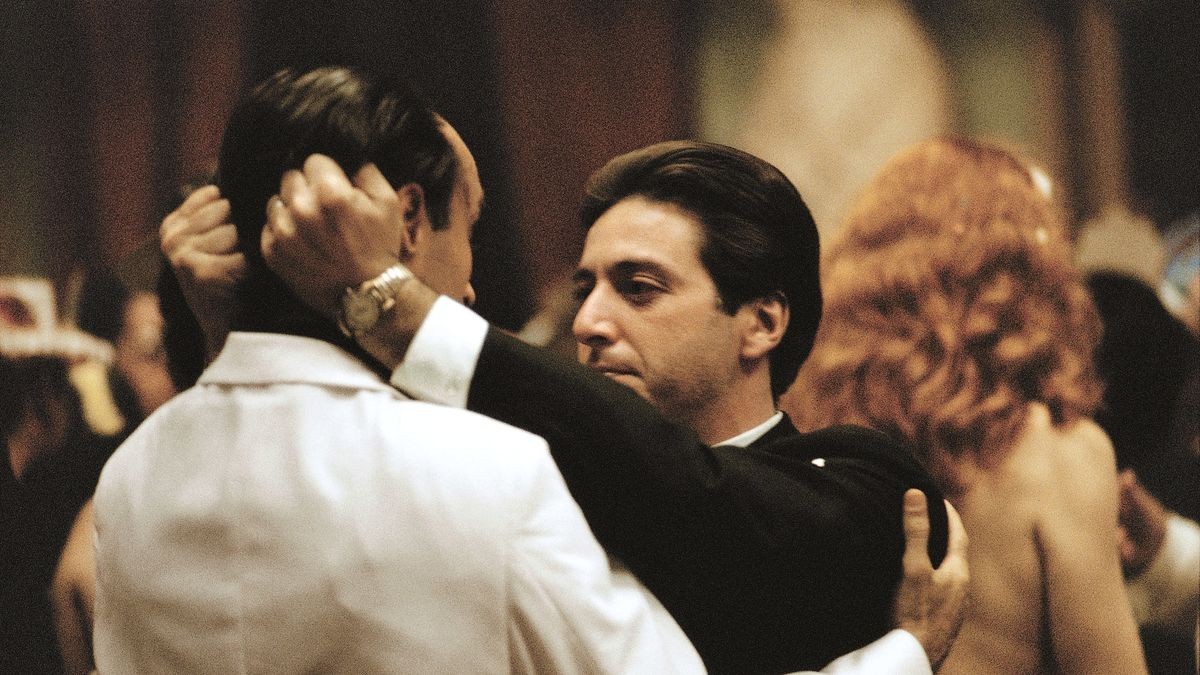
5. The Ladykillers (1955, Alexander Mackendrick)
I DON’T know about you, readers, but my dreams have rarely seemed like potential money-spinning motion-pictures in the making. I just can’t imagine any film studio ever wanting to buy the rights to a screenplay about me riding a woolly mammoth through the streets of St Helier or turning up for my A-Level exams without any clothes on.
And yet that is more or less what happened to William Rose back in the 1950s.
The American screenwriter – who is, believe it or not, buried right here in Jersey – awoke one morning with an intricately-plotted crime caper fully formed in his head. Before it could disappear into the ether, Rose leapt out of bed and quickly scribbled down the key details of the plot, which he then turned into a screenplay.
Thus The Ladykillers was born – and its writer entered industry folklore as having had the most inspired and lucrative dream in entertainment history (or at least until Paul McCartney woke up a decade later with the melody to Yesterday knocking about in his mop-topped noggin).
By far the blackest of all Ealing Studio’s black comedies, The Ladykillers is directed by Ealing regular Alexander Mackendrick and stars Alec Guinness as ‘Professor’ Marcus, a buck-toothed criminal mastermind who orchestrates an elaborate bank heist involving an unsuspecting old lady: Mrs Wilberforce (Katie Johnson).
Unlike in most crime films, the heist is a success (despite the best efforts of Frankie Howerd’s bad-tempered barrow boy); however, Marcus and his eclectic band of criminals don’t count on Mrs Wilberforce discovering both the stolen loot and her own unwitting involvement in its theft. Cue a murderous – and inevitably backfiring – plot to polish her off.
Set in post-war London, The Ladykillers is awash with garish colour stock and off-kilter set design, and has a lovely dream-like quality throughout (not surprising given its origins), especially in the scenes centred in and around Mrs Wilberforce’s lopsided cottage. In fact, this otherworldly quality has given rise to speculation that the events of the film take place solely in Mrs Wilberforce’s over-active imagination.
It is the performances of its cast, however, that ensure The Ladykillers still induces chuckles more than six decades after it was made, with Guinness an absolute scream as the slippery, conniving Marcus (his wide-eyed reaction upon being unexpectedly confronted by a crowd of excitable old ladies is a joy to behold).
Elsewhere, Herbert Lom is wonderfully deadpan as ruthless gangster Louis (the character is a far cry from Lom’s live-wire performance as Inspector Dreyfus in the Pink Panther pictures), while Peter Sellers is simply perfect as Harry, a nervy East End Teddy boy who is forever fidgeting anxiously in the background.
Avoid at all costs the God-awful 2004 Tom Hanks remake.
Film fact: Peter Sellers also provided the voices for Mrs Wilberforce’s pet parrots.
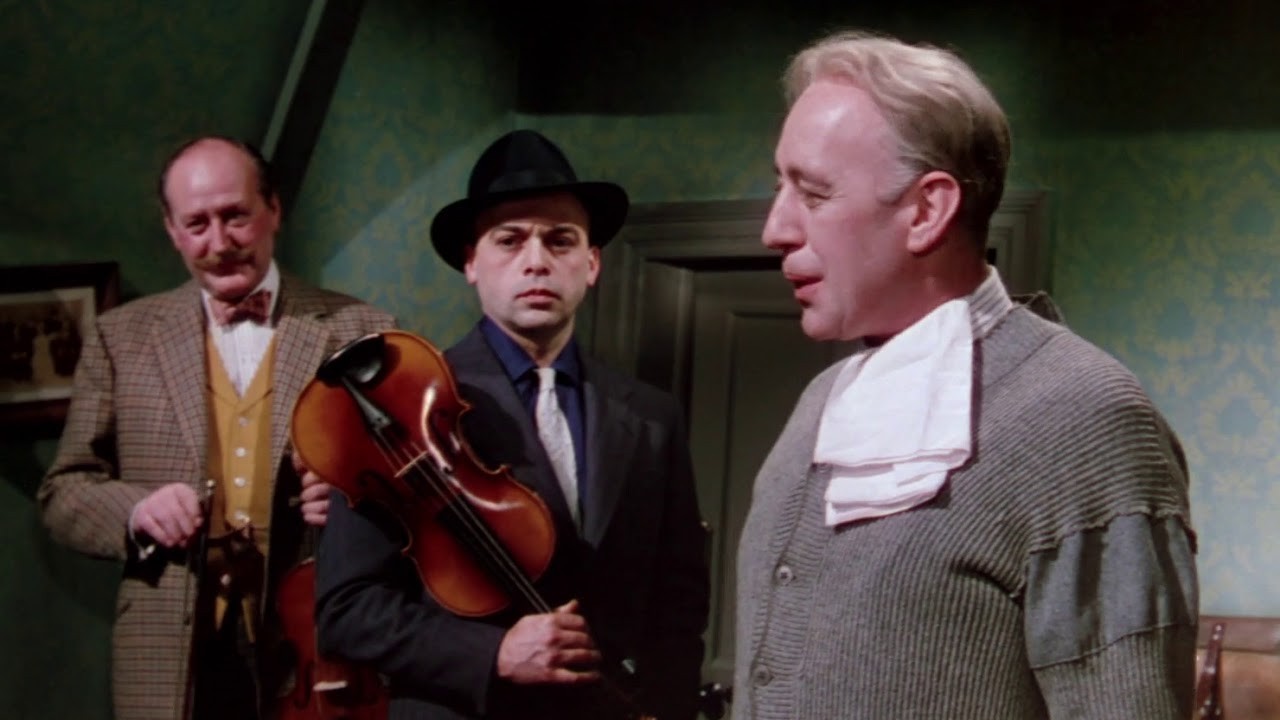
6. Goodfellas (1990, Martin Scorsese)
7. Reservoir Dogs (1992, Quentin Tarantino)
8. The Godfather (1972, Francis Ford Coppola)
9. L.A. Confidential (1997, Curtis Hanson)
10. Brawl in Cell Block 99 (2017, S Craig Zahler)
11. The Long Good Friday (1980, John Mackenzie)
12. Leon (1994, Luc Besson)
13. No Country for Old Men (2007, Joel and Ethan Coen)
14. Pulp Fiction (1994, Quentin Tarantino)
15. Mean Streets (1973, Martin Scorsese)
16. To Live and Die in L.A. (1985, William Friedkin)
17. The Killing (1956, Stanley Kubrick)
18. The Silence of the Lambs (1991, Jonathan Demme)
19. Amores Perros (2000, Alejandro González Iñárritu)
20. Seven (1995, David Fincher)
DAVID Fincher’s grisly crime-thriller has been much imitated in the years since its release (for a time, every Hollywood crime-thriller seemed to begin with an approximation of Seven’s opening credits), but it has rarely, if ever, been equalled.
The film – which centres on odd-couple detectives David Mills (Brad Pitt) and William Somerset (Morgan Freeman) and their investigation into a series of brutal murders that have been carried out in the style of the seven deadly sins – is relentlessly grim yet never less than compelling.
The revelations about Kevin Spacey’s personal life that have emerged in recent years have only make his performance as coldly meticulous serial killer John Doe all the more unsettling.
Film fact: When the studio inevitably objected to the film’s unremittingly bleak ending, both Fincher and Pitt threatened to walk if changes were imposed. Thankfully, the pair got their way, and those of us who find Gwyneth Paltrow really irritating got a finale to savour.
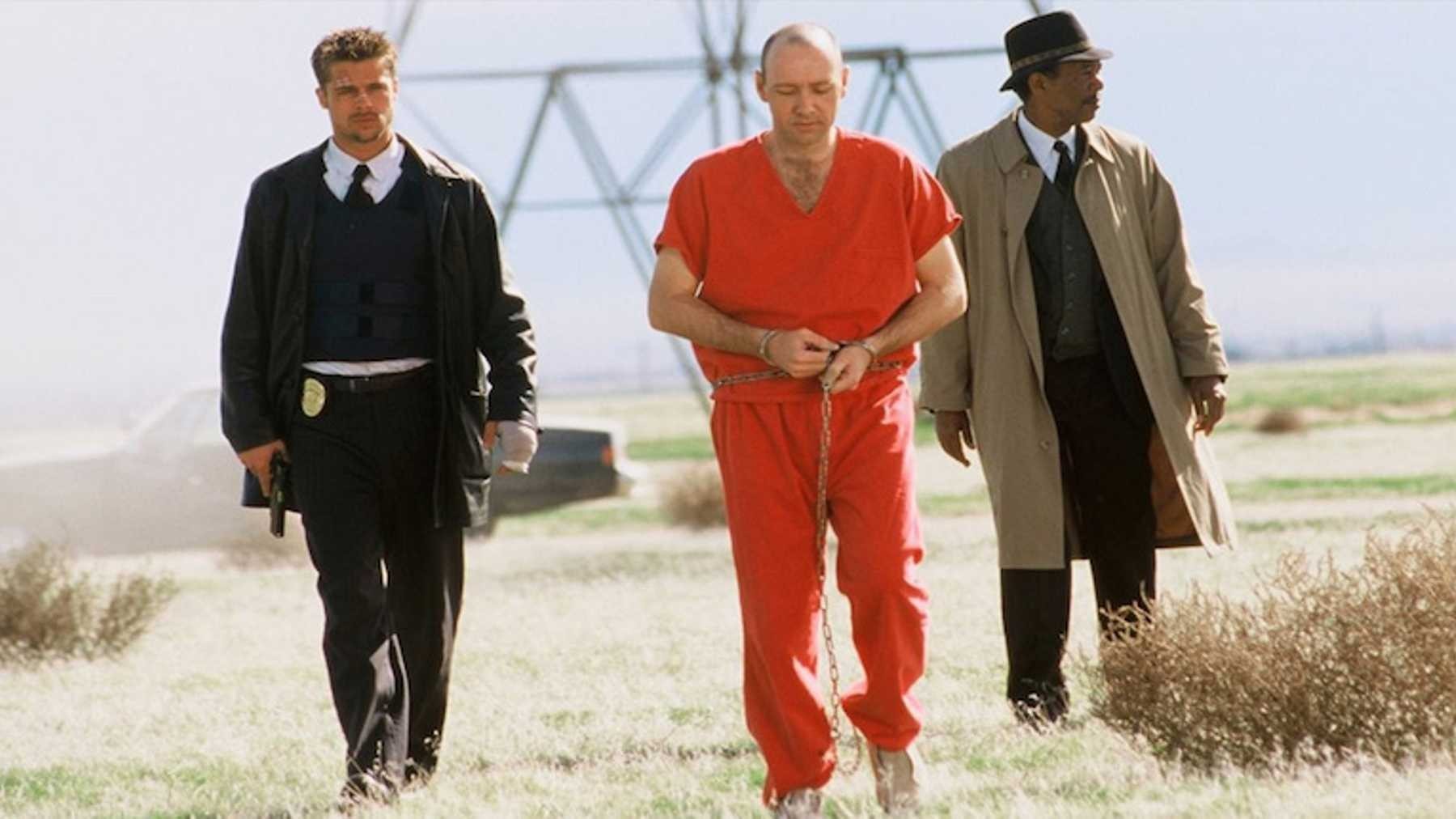
21. Fargo (1996, Joel Coen)
22. City of God (2002, Fernando Meirelles and Kátia Lund)
23. Dirty Harry (1971, Don Siegel)
24. Touch of Evil (1958, Orson Welles)
25. The Usual Suspects (1995, Bryan Singer)
26. 10 Rillington Place (1971, Richard Fleischer)
DIRECTOR Richard Fleischer may have been American, but this painfully raw crime-drama captures the bleakness of post-war Britain with a grimy authenticity few other films have matched.
Shot on location in west London, 10 Rillington Place tells the tragic true-life tale of Timothy Evans (John Hurt), the uneducated working-class Welshman who was hanged in 1950 after being found guilty of murdering his wife and infant child.
Sadly, and in what is now seen as one of the gravest miscarriages of justice in British history, it was soon after revealed that Evans’ young family had actually been killed by their neighbour: former police officer and closet serial killer John Christie (Richard Attenborough).
Playing against type, Attenborough is supremely unnerving as the softly-spoken Christie, but it is Hurt who gives the film its soul, imbuing the hapless Evans with a heartbreaking gullibility. It helps that the young actor looks so remarkably similar to the wide-eyed Evans as seen in countless newspaper cuttings.
Surprisingly, 10 Rillington Place received a fairly subdued critical reception upon release (perhaps the spectre of capital punishment, abolished just six years earlier, was still all-too fresh in the public conciousness); however, the performances of both Attenborough and Hurt were universally praised, and the film is today regarded as a true-crime classic.
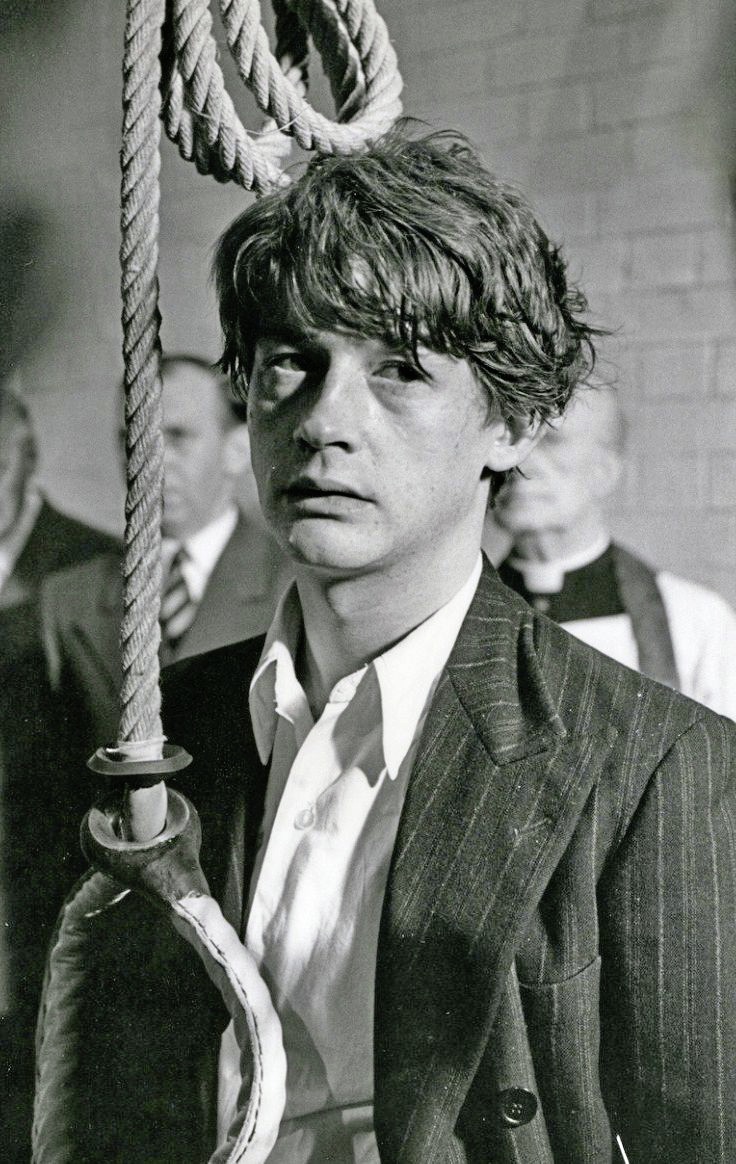
27. Never Let Go (1960, John Guillermin)
NOT a great film, but one that is endlessly watchable thanks to a fantastically menacing turn by Peter Sellers as sneering Cockney villain Lionel Meadows.
A dodgy London car dealer with a spiv moustache and greased-back hair, Meadows slaps his girlfriend, beats up Adam Faith (whose acting arguably warrants a kicking) and even stamps on a pensioner’s pet terrapin, and all while spitting lines like ‘THIS is a legitimate businessss’ through gritted teeth.
By all accounts, Sellers – method to the point of madness – stayed in character 24/7 throughout the shoot, leading to real-life domestic ugliness for his long-suffering wife and children back home.
At present, Never Let Go is available in full and in HD quality on YouTube.

28. Dog Day Afternoon (1975, Sidney Lumet)
29. Scarface (1983, Brian De Palma)
30. Heat (1995, Michael Mann)
31. A History of Violence (2005, David Cronenberg)
32. The Departed (2006, Martin Scorsese)
33. Get Carter (1971, Mike Hodges)
34. Massacre Mafia Style, aka The Executioner (1974, Duke Mitchell)
35. Point Blank (1967, John Boorman)
36. Carlito’s Way (1993, Brian De Palma)
37. Snowtown, aka The Snowtown Murders (2011, Justin Kurzel)
THIS based-on-fact account of a series of shocking murders that took place in the rural Australian town of the title is hard-going but nevertheless gripping.
Sydney-born Daniel Henshall generally plays good guys on screen (he was the caring male nurse in The Babadook), but here the actor gives a genuinely intimidating performance as the charming but psychopathic John Bunting.
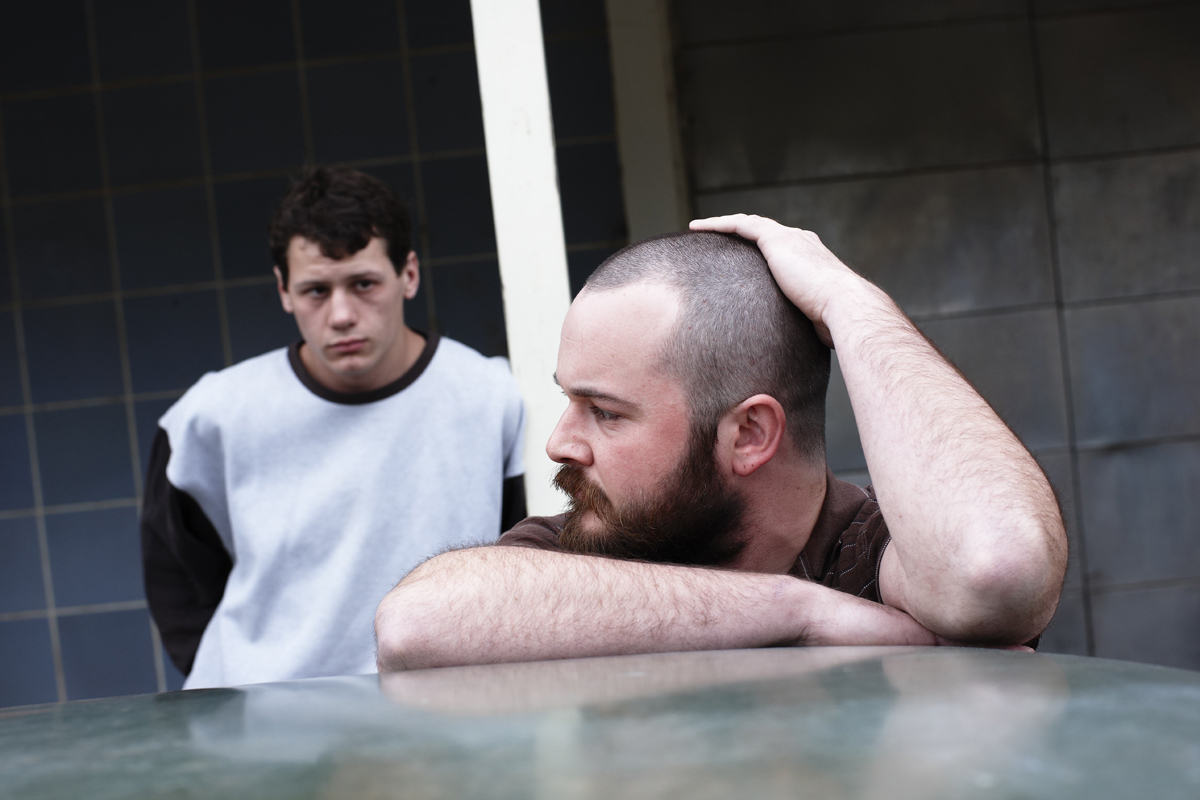
38. Jackie Brown (1997, Quentin Tarantino)
39. M (1931, Fritz Lang)
40. Once Upon a Time in America (1984, Sergio Leone)
41. Harry Brown (2009, Daniel Barber)
42. Down Terrace (2009, Ben Wheatley)
43. El Camino: A Breaking Bad Movie (2019, Vince Gilligan)
44. Chopper (2000, Andrew Dominik)
45. The Maltese Falcon (1941, John Huston)
46. Thief (1981, Michael Mann)
47. Cop Land (1997, James Mangold)
48. A Bronx Tale (1993, Robert De Niro)
49. GBH (1983, David Kent-Watson)
50. The Mule (2018, Clint Eastwood)


